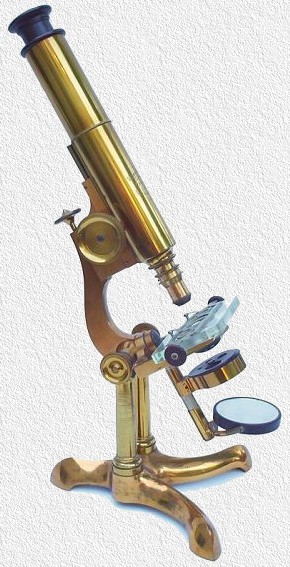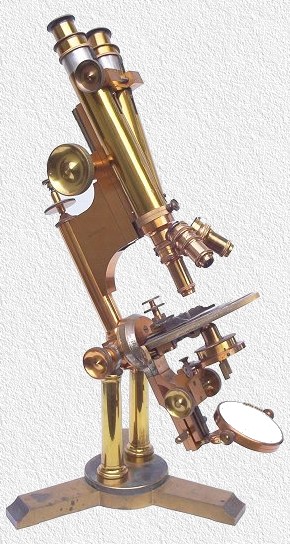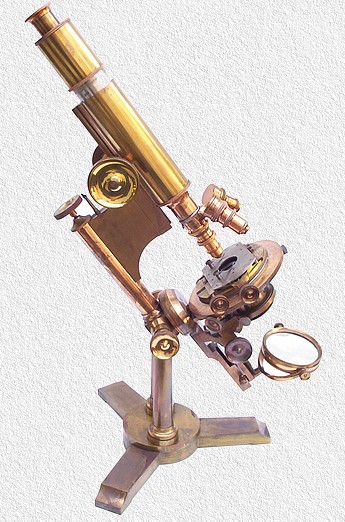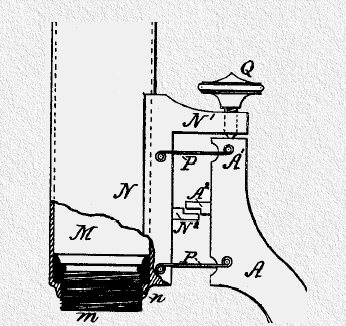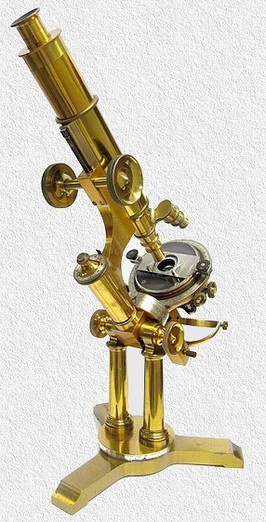The history of the Bausch & Lomb Optical Co. of Rochester N.Y. and its early association with the innovative microscope maker and designer Ernst Gundlach has already been well- documented1, 2, 3 and will not be repeated here in detail. Starting from about 1876, and throughout the century, the Bausch & Lomb Optical Company produced a number of microscopes of different designs. The earlier models were frequently given names. Among these were the Library, Family, Student, Educational, Research, Laboratory, Physician’s, Model, Harvard, Investigator, Universal, Concentric, University, and Professional models.4 Over the course of the century many of these models evolved as they incorporated new ideas. The purpose of this essay is to describe the evolution of one of these models, the top of the line, the Professional model.
The earliest version of the B& L Professional microscope, as designed by Ernst Gundlach, first appeared in 1876-1877. An example of one of these instruments is shown in figure 1. The microscope is signed on the tube “Bausch & Lomb Optical Co., Rochester NY” and on one of the plates covering the fine adjustment mechanism appears the patent date Oct. 3, 1876 corresponding to US patent 182,919. The serial number, which is stamped onto the bottom of the case, is 76. The microscope is constructed largely of brass and measures about 17 inches tall as shown in the photograph. Rising from the novel and oddly shaped base are two turned pillars that support the body of the microscope. Tension for the inclination of the microscope can be adjusted using brass knobs located on either side of the axis of inclination. The stage of the microscope consists of a brass frame and an attached thick glass plate with a 3/4 inch opening. Mounted on the plate is the nickel-plated sliding slide holder with hard rubber knobs. The slide holder can be detached and two stage clips that are among the accessories of the microscope can be substituted for it. The mirror is double-sided with the frame made of hard rubber and it is attached to a swinging arm. The mirror can be focused by sliding along the arm. Also attached to the arm is the substage apparatus holder that mounts various accessories.
The substage holder is connected to the arm via a dovetail fitting that allows for its quick removal and insertion. In addition to being capable of utilizing a conventional condenser, the microscope is set up for use of immersion condensers. Two of these, one for high and the other for low power work were supplied with the microscope. They mount directly under the glass stage using a bayonet-mounting bracket. The microscope has a Jackson limb with coarse focusing by rack and pinion. Fine focusing is acheived by using a micrometer screw located behind the tube. It utilizes Gundlach's new " frictionless" fine adjustment mechanism that is described in the 1876 patent. The tube length can be extended by means of a drawtube. The drawtube is nickel-plated and is terminated with a Society screw for use with an accessory apparatus such as the analyzer prism or for use with very low power objectives. The microscope was found with its walnut case and a number of accessories. These include:
Three eyepieces in hard rubber mounts labeled " B" , " C" , and " D" The " D" is marked " E. Gundlach Periscopic" and is slotted for a micrometer.
Three objectives among which are a 2-inch and a 3/4-inch, each signed E. Gundlach. The 2-inch is mounted in hard rubber and both have hard rubber canisters. The third objective is a W. Wales 1/5-inch with correction collar and brass canister.
Two hemispherical immersion condensers that mount directly to the underside of the stage.
Two revolving diaphragms, one with four circular openings for conventional use and the second with three stops for dark field illumination.
camera lucida constructed of hard rubber.
Polarizer and analyzer prisms.
A hard rubber fitting that allows an objective to be used as a condenser.
Two hard rubber slot diaphragms that cover sections of the mirror and result in “very sharp shadows by oblique light”5
A Botterill’s trough also constructed of hard rubber.
With the microscope just described, the movement of the mirror bar is restricted to angles below the stage, but according to a 1879 catalog6, a modification was made to the model primarily involving the mirror bar. It is stated in the catalog “The mirror may be brought to any obliquity and swung above the stage for illumination of opaque objects. The mirror, as well as, the substage, can be moved on the mirror bar to and from the object, and both can be removed altogether, in an improved manner not shown in the illustration”. In addition, the glass stage with slide holder is now “circular in form”. I have not been able to locate an example or illustration of the Professional of 1879 showing these improvements. It is not clear how many of these modified Professionals were actually produced since during this transition period, the model was a work in progress. No Professional microscope was offered in the 1880 Bausch & Lomb catalog7, perhaps because the design of a new model was in a state of flux. One likely impetus for redesigning the Professional model was the progress being made by the competition. Compared to Zentmayer’s Centennial or Bulloch’s Congress models, both introduced about the same time as the Professional, the Professional already appeared old fashioned. It was not capable of utilizing the emerging ideas concerning extreme oblique illumination. The new Professional was designed to correct this.
The new Professional became available by 1883. The microscope was completely redesigned producing, essentially, a different instrument. An example of one of these with a binocular tube is shown in figure 2. The microscope is signed on the base “Bausch & Lomb Optical Co., Rochester NY” and again it bears the Oct. 3, 1876 patent date. Later versions of this microscope also have an Oct. 13, 1885 patent date. Curiously, neither the microscope nor its case is marked with a serial number. The lack of the 1885 patent date might suggest that this instrument was made prior to 1886, but without a serial number, this is uncertain. The base is now a tripod with a bronze-like finish. Attached to the tripod and the two turned pillars is a circular plate with a calibrated silvered scale on which the entire instrument can rotate. The purpose of this feature, first introduced by Joseph Zentmayer in the Grand American model, was to allow measurement of the angular aperture of objectives. As with the earlier Professional, the tension for inclination of the microscope can be adjusted using brass knobs located on either side of the trunnions. The substage of this version has been completely redesigned and upgraded.
The double mirror and substage are mounted on independent arms, both of which are capable of being oriented in any position including above the stage (see figure 3). Calibrated silvered scales measure angular of movement of each arm. The movements of the substage components were designed so that the axis of rotation of the arms are in the plane of the specimen, thus ensuring that the illumination is always in focus. This elaborate arrangement was designed to allow any degree of oblique illumination including illumination of opaque objects from above. Earlier, in America, Tolles, Zentmayer, and Bulloch incorporated similar arrangements on some of their stands. These refinements were also incorporated by a number of European makers. The mirror can be independently focused by sliding on its arm and the substage holder, with centering adjustments, is focused using a rack and pinion.
The stage on the microscope is of the Turrell form with milled control knobs placed one above the other (see figure 4). This arrangement allows complete rotation of the stage.
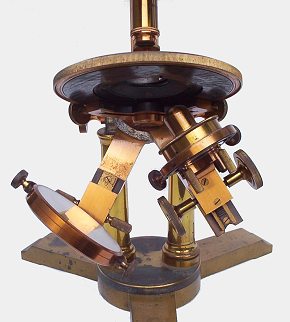
Figure 3: Substage of the new Professional.

Figure 4: Turrell mechanical stage. Note the calibrations used for measuring stage rotation and the degree of movement of the mirror and condenser arms.
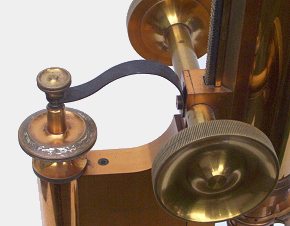
Figure 5: Optional differential screw supplied with the Professional model.
This model is most often found supplied with a monocular tube with drawtube. The example presented here is exceptional in that it was furnished both with binocular and petrological tubes. As with the earlier Professional, the Jackson limb is retained. Coarse focusing of the tube is by rack and pinion and the internal components of the fine focusing mechanism are similar to those used in the earlier model. One modification of the fine adjustment found on this example is the incorporation of a differential screw (see figure 5). According to the1892 B& L catalog,8 when the thumb screw located at the top of the fine adjustment knob is free, the mechanism functions as a conventional one with one revolution of the knob moving the tube 1/75 inch. When the thumbscrew is tightened, the differential effect comes into play and one revolution of the knob moves the tube 1/300 inch.This slower movement is useful when using high magnification. The differential screw arrangement was optional and not all the Professionals are equipped with this feature.9 The interocular separation of the binocular tubes is controlled by rack and pinion. The binocular arrangement on this microscope incorporates what is claimed to be a novel mounting of the Wenham prism. It is described in a patent granted to Edward Bausch ( US patent 293,217, Feb. 12, 1884). The conventional mounting of a Wenham prism utilizes a brass box that slides laterally into the lower portion of the tube. With this new arrangement, the prism is mounted on a spindle extending through a sleeve passing through the front of the tube. The milled head of the spindle is turned to rotate the prism in and out of the optical path. The stated advantages of this new arrangement are that it negates any defects that might be present on the bearings of the box type of mounting and that it allows the use of a larger prism which is an advantage when using high angle objectives.10 Figure 6 shows the microscope set up with the petrological tube in place. The tube incorporates a Nicol prism analyzer mounted in a sliding nickel-plated brass box. The nosepiece is provided with centering screws and is slotted in two places to accept accessory sliders. The tube has a drawtube, the end of which has a Society screw. It is likely that at one time, this microscope had been furnished with a calibrated B& L polarizing prism as described in the B& L catalog, but this is now missing. A simple mounting consisting of a Nicol prism in a brass holder was found with the instrument and now serves as the polarizer.
This microscope was found with its case and the following accessories:
A B& L triple nosepiece.
Five B& L objectives: 3, 2, 1, 1/2, and 1/12-inch, each with a brass canister.
One pair of 1-inch eyepieces, one 2-inch, and one ¾-inch eyepiece for use with the binocular tube. The ¾-inch is slotted for a micrometer.
A single larger diameter eyepiece for use with the petrological tube.
A brass adapter that allows the smaller diameter eyepieces to be used with the petrological tube.
Two other eyepiece adapters of unknown function.
A substage Abbe condenser with iris diaphragm.
A substage Wale type iris diaphragm.
A Nicol prism polarizer mounted in a brass holder.
Four sliders for the petrological tube consisting of a quartz wedge and those marked: 1/4 UND, RED 1. ORDER, and BERTRAND.
For comparison, an example the Professional model (serial #2279) with a monocular tube and glass stage is shown in figure 7. Another example of ;a monocular dating post-1885 with an elaborate mechanical stage having fully calibrated movements is shown in figures 8 and 9. In the 1887 catalog, a monocular equipped with a case and an assortment of accessories including 4 eyepieces, 4 objectives, camera lucida, and micrometer cost $185.00 with the addition of a condenser and mechanical stage the cost was $230.00.
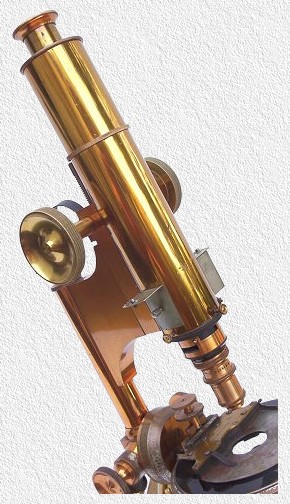
Figure 6: The Professional with petrological tube
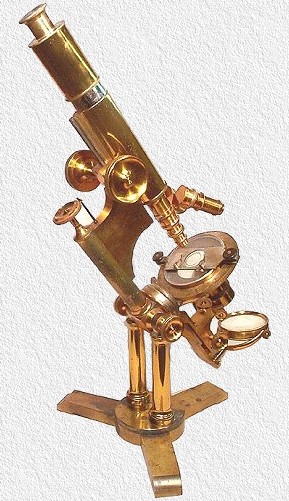
Figure 7: An example of the Professional (serial #2279) with monocular tube.
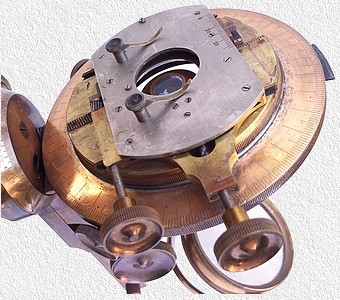
Figure 9: The mechanical stage on the microscope shown on the left. Note that all movements are calibrated.
From other known examples, it would seem that the main features of the microscope had stabilized for most of the remaining decade. One exception is the fine adjustment mechanism. Most of the Professionals that one encounters retain the fine adjustment similar to that originally designed by Gundlach and described in the 1876 patent (see Figure 10). A number of examples are known however, such as a binocular #4979 and a monocular #8515 , that although outwardly similar to the microscopes with the Gundlach adjustment, utilize a different internal mechanism consisting of a pair of slides on rollers. The serial numbers of the microscopes with each type of adjustment overlap and one cannot assume that one type of adjustment is an evolutionary advance over the other. Figure 11 shows the roller focus mechanism mounted as it would be on the microscope.Externally, those instruments that utilize this alternate fine adjustment can be recognized by the presence of two screws on each side of the limb (see figure 12). It is not clear what proportion of the Professionals produced have this alternate mechanism.
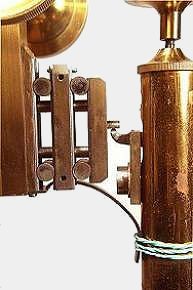
Figure 11: Slide and roller fine adjustment mechanism. A rubber band was used to hold one end of the spring (which supplies the power for the mechanism) in position since it would normally be attached to the part of the limb that covers the mechanism.
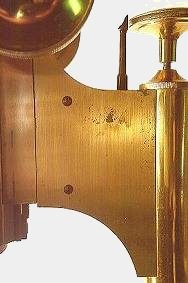
Figure 12: External view of the Professional with the slide and roller mechanism. Note the two screws on the limb.
Around 1892, the Professional model was again altered. This time the changes to the model were modest compared with those that were made in the 1883 model. An illustration of this form of the instrument is shown in figure 13. It is evident that it is similar to the previous version in most details. The most significant change appears to be with the fine adjustment mechanism in that it seems from the illustration that the microscope now incorporates the same type fine adjustment that the firm was using with its line of continental models.
An example of the very final version of the Professional model is shown in figure 14. This instrument dates from 1894 on the basis of its serial number. It primarily differs from the earlier versions with respect to the shape of the limb and the use of a similar fine adjustment mechanism that was used with the contemporary B&L continental style microscopes. This fine adjustment mechanism was later patented in 1897. The sub-stage Abbe condenseris also similar to those used on the continental type of microscope manufactured by the firm at that time. The microscope has the B&L patented (1877) slide carrier and glass stage which can be removed and replace with slide clips.
By the end of the century, as was the case with most of the remaining microscope manufactures, Bausch and Lomb discontinued the production of large complicated microscopes like the ones described in this article. These were being replaced with the much smaller, equally useful, and less cumbersome continental pattern microscopes. But, for many microscope collectors of today, the grand microscopes of old, such as the Bausch & Lomb Professional model, have never been surpassed as they represent the pinnacle of the microscope maker’s art. Their size, complexity, history, design rationale, and, in our eyes, their beauty, are why we collect microscopes in the first place.
References and Notes:
1. Paggitt, D. L. , A Short History of the Early American Microscopes, Microscope Publications Ltd., Chap. 7, 83 , 1975.
2. Warner, D. J., Ernst W. Gundlach German-American Optician, Rittenhouse, 1, 10, 1995.
3. Gage, S. H., Microscopy in America (1830-1945), Trans. Amer. Microscopical Soc., LXXXIII, No. 4, supplement, Chap IV, 27, 1964.
4. For illustrations of these models extracted from old Bausch & Lomb catalogs see: Reithmeier, G. P., Microscopes by Bausch & Lomb Optical Co. Rochester, N. Y. 1876-1896, privately published, 1997.
5. Price List of Microscopes Manufactured and Sold by the Bausch & Lomb Optical Co., 37 Maiden Lane N.Y., 1877.
6. Bausch & Lomb Optical Co., Illustrated Price List. Microscopes, Objectives and Accessories, 1879
7. Bausch & Lomb Optical Co., Condensed Price List, Microscopes, Objectives and Accessories, Fifth edition, 1880.
8. Bausch & Lomb Optical Co., Illustrated Catalogue of Microscopes, Objectives and Accessories, 13th edition, 1892 .
9. The 1892 catalog indicates that an Aug. 15, 1882 patent covered the differential screw mechanism. This corresponds to US patent 262,634 granted to Philip H. Yawman. It is known (Paggitt, p. 140) that a non-competition agreement was made between the Bausch & Lomb and Yawman & Erbe firms in the mid-1880’s. The patent rights to the differential screw were likely transferred at that time.
10. A binocular microscope in the author’s collection has a similar mounting of the Wenham prism. It was made by J. & W. Grunow (serial #594) before 1874. It would seem therefore that the Grunows must have priority for this invention and that the patent might have been granted to Edward Bausch without knowledge of this prior art.
Acknowledgements:
The author would like to thank Paul Ferraglio for fruitful discussions on this subject and for providing photographs and descriptions of some of the microscopes from his collection.
Feel free to visit my web site and view some of the antique microscopes in my collection at: www.antique-microscopes.com.
